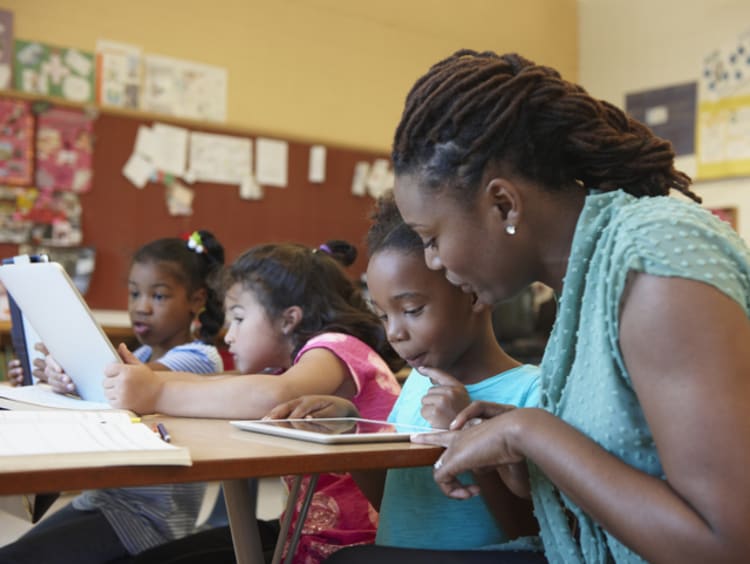Teaching Tuesday: Thankful, Mindful and Grateful

In November, our minds shift naturally to reflecting on what we are most thankful for. As teachers we develop dispositions to take on being thankful, mindful and grateful, not just in November but every day of the year. We cultivate these states of mind by our actions and impact on the children in our classrooms and the communities we serve. When we think of what we do have, rather than what we do not have, our whole mindset changes and we can say we are very blessed.
Thankful
As an educator, you can take time to reflect on how you got to where you are and be thankful for those who have inspired you and supported you on your pathway to becoming a teacher. Stopping to acknowledge the lessons you have learned and the people involved will help shape your development of a teacher. For example, previous teachers, mentors, peers, administrators, family members and other leaders in your community may have played a role in who you are today.
You can share with each of these leaders how they have served as a significant influence in your life and express how thankful you truly are. One way to express this is by daily journaling of who or what you are thankful for. This helps to keep us focused on the appreciation that we experience daily. For instance, you can create a happy drawer, which can be filled with small gifts from students, notes, candy or pictures that bring a smile to your face. When you need a dose of thankfulness you can open this drawer and find joy.
Mindful
Sometimes, as educators we can find ourselves so caught up in our routines that we miss some of our thoughts and actions. We should remember to be present in every moment to truly experience all that occurs around us. This is mindfulness. Applying this mindfulness enables us to be more present in our relationships with students, peer teachers and community members. Some mindfulness practices are journaling, meditation, breathing techniques, quiet walks, listening to music or sitting in a peaceful place.
Grateful
Gratitude begins with thanking yourself. To do this, first focus on your strengths and what you are proud to have accomplished. This may be completing your lesson plans in advance, analyzing your student assessment data (for growth and needs) and appropriately preparing for differentiating content for your students. We can be grateful for how we are creating a supportive learning experience for each of our students and how we are growing in our teaching practices. We can also consider how we are reframing our thinking, so that we look at opportunities for pinpointing future areas of strength. For example, you can reframe your thinking when looking at a stack of papers to grade, you can be encouraged by the opportunity of seeing the progress your students have accomplished.
The difference between being grateful and thankful, is that being grateful is the action one takes based upon their feelings of thankfulness. Examples of gratitude exercises include writing a hand-written note or card, making a phone call or sending an email. This way you are letting the people that mean the most to you know how they have helped you on your path.
This month as our Teaching Tuesday considers thankfulness, we will be sharing about how to incorporate this in your classroom with students, how thankfulness can help us be healthy and how to be mindful in your thoughts and actions. Remember, it starts with you. As a role model in the community, others need to see you being thankful, mindful and grateful to spread this impact with students and families.
Want more? Check out all of the articles from Teaching Tuesday and return each week for a new post. Learn more about Grand Canyon University’s College of Education and our degree programs and join in our efforts to elevate the education profession.
The views and opinions expressed in this article are those of the author’s and do not necessarily reflect the official policy or position of Grand Canyon University. Any sources cited were accurate as of the publish date.


